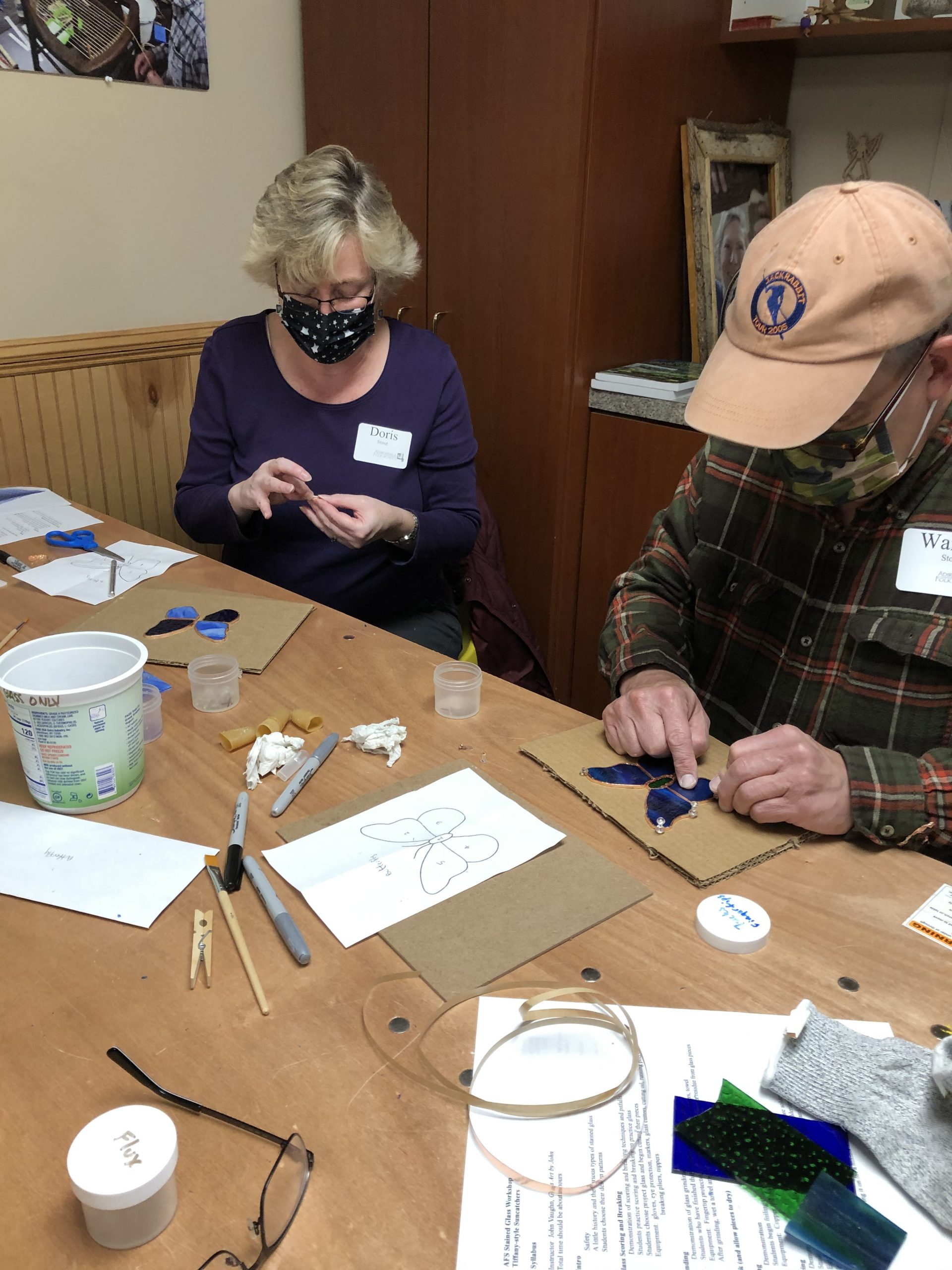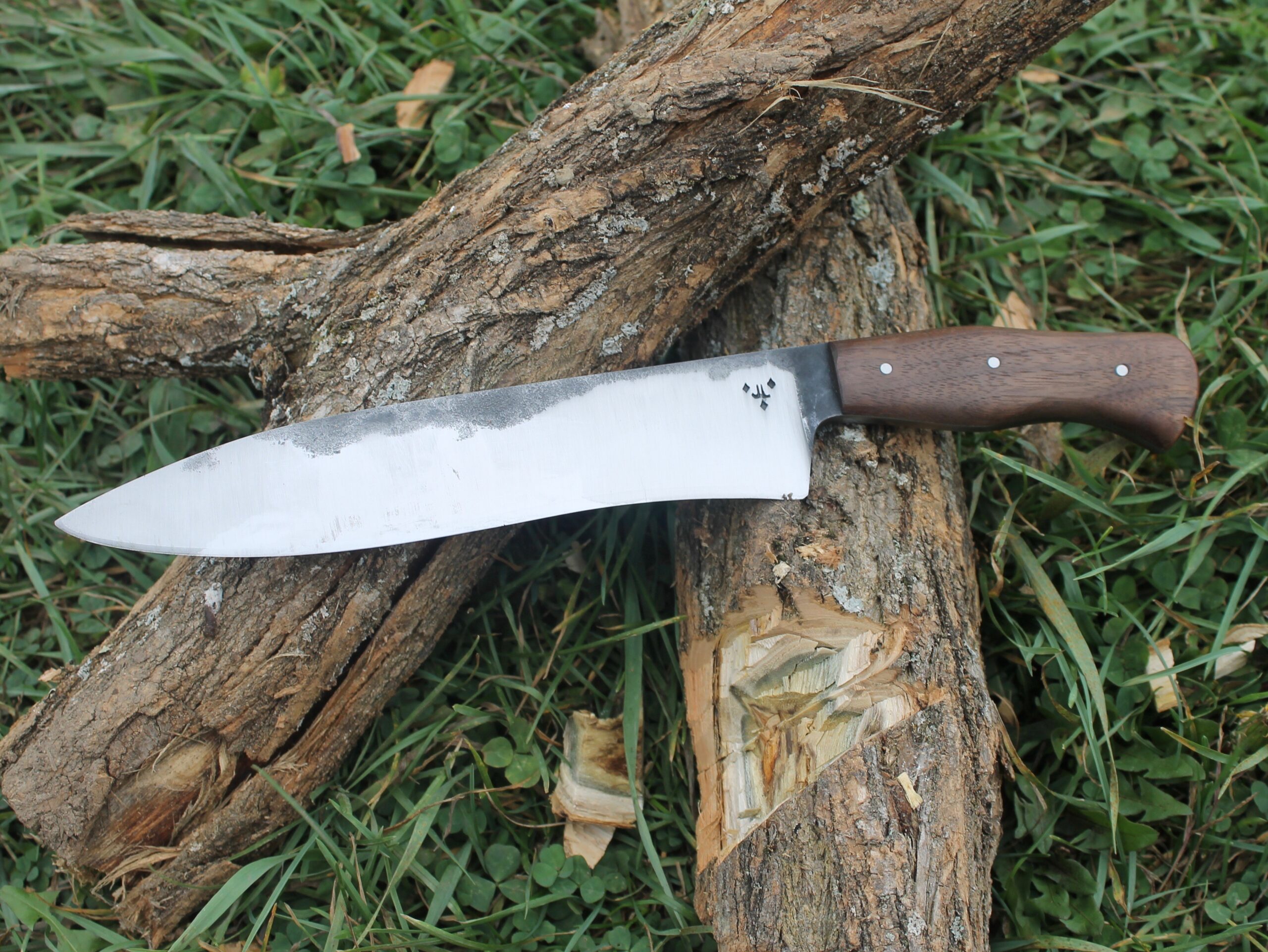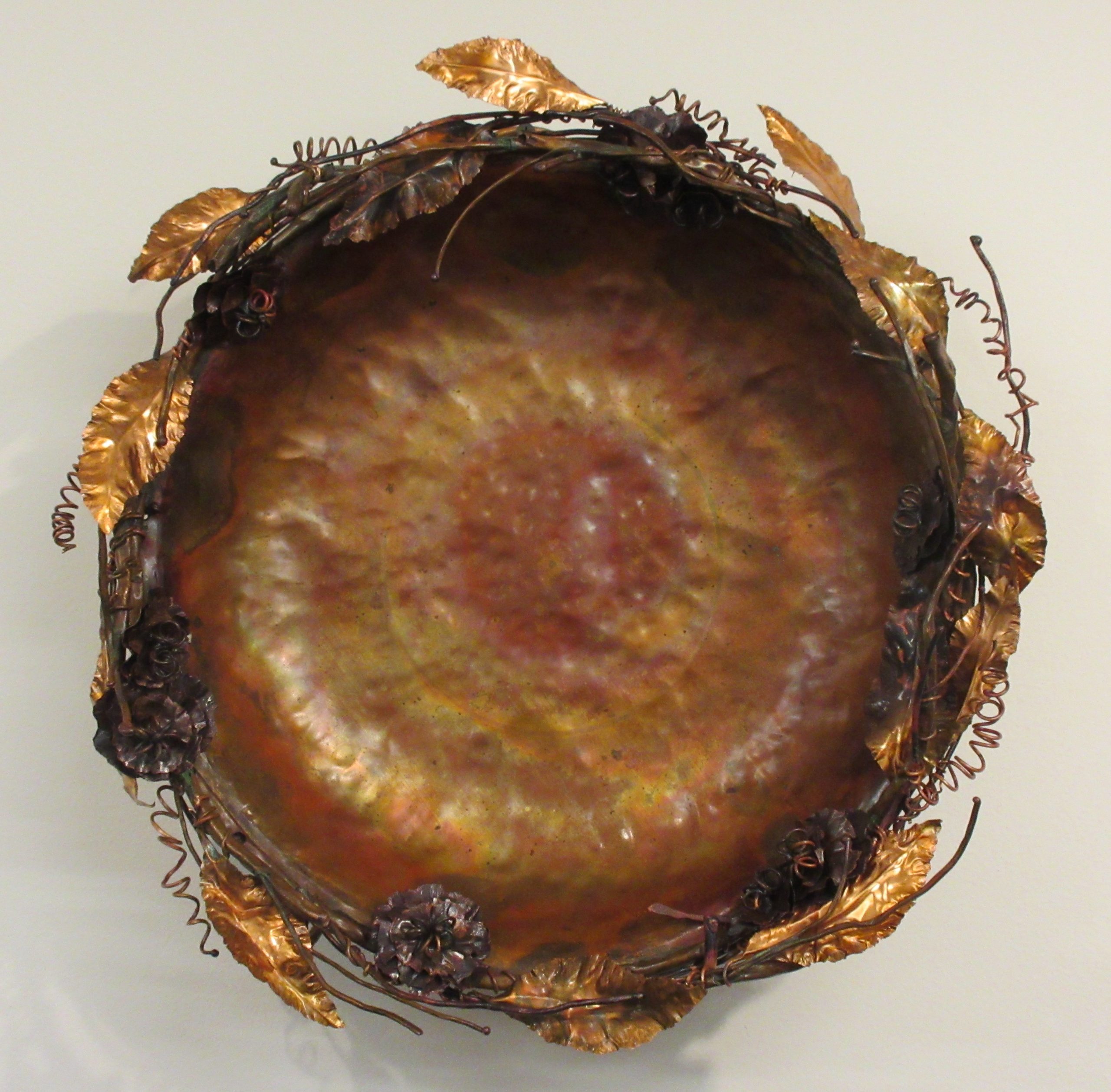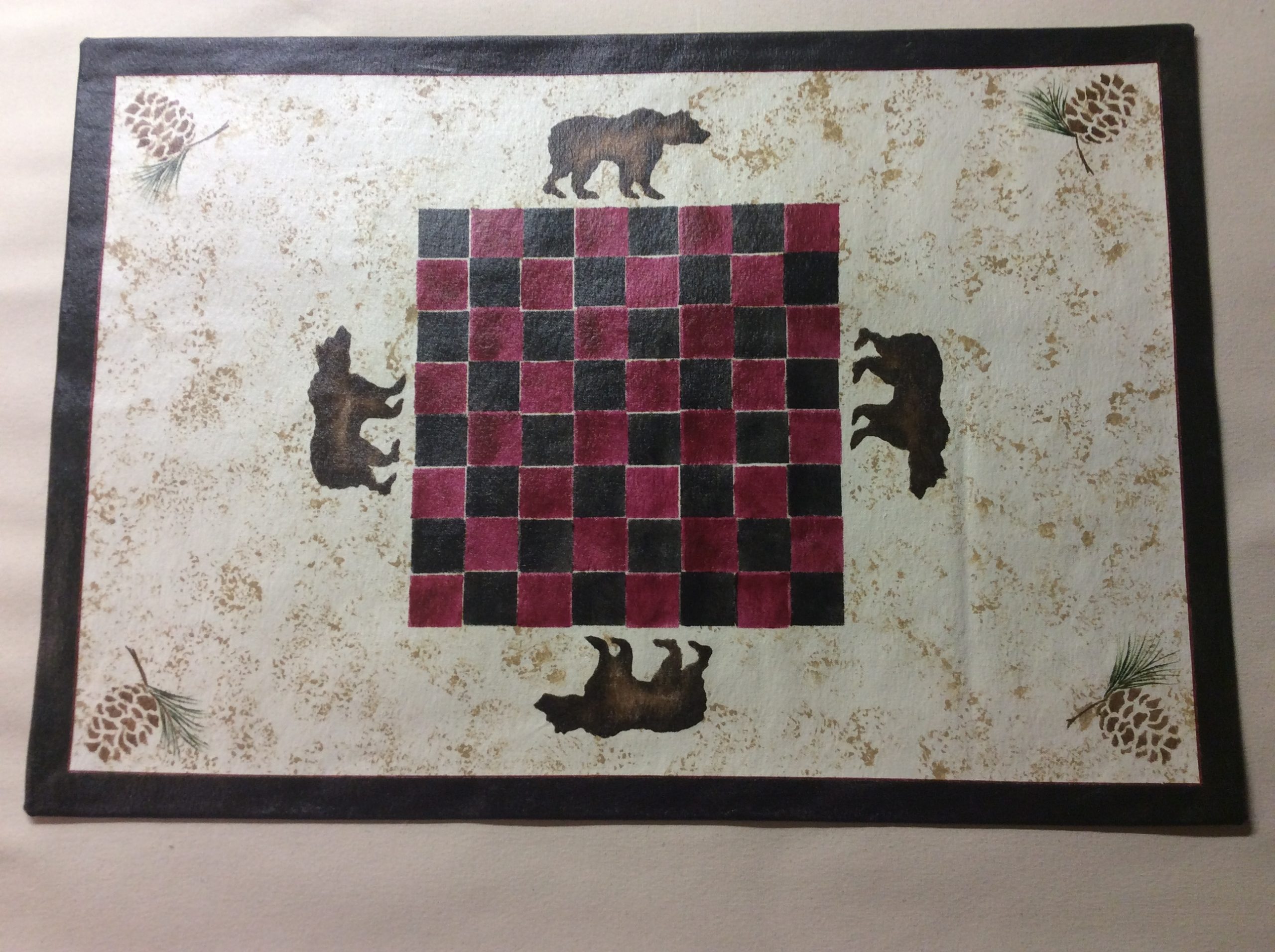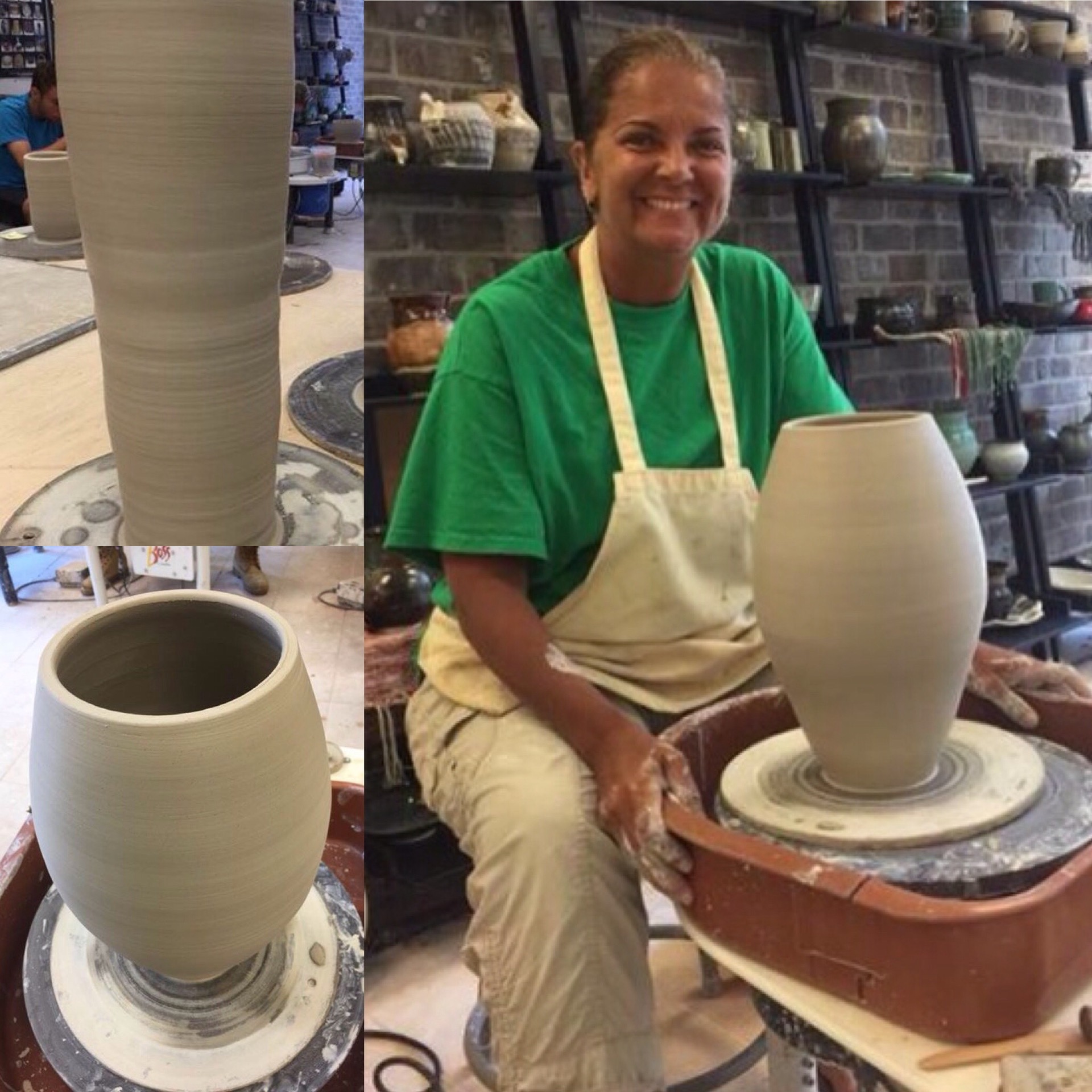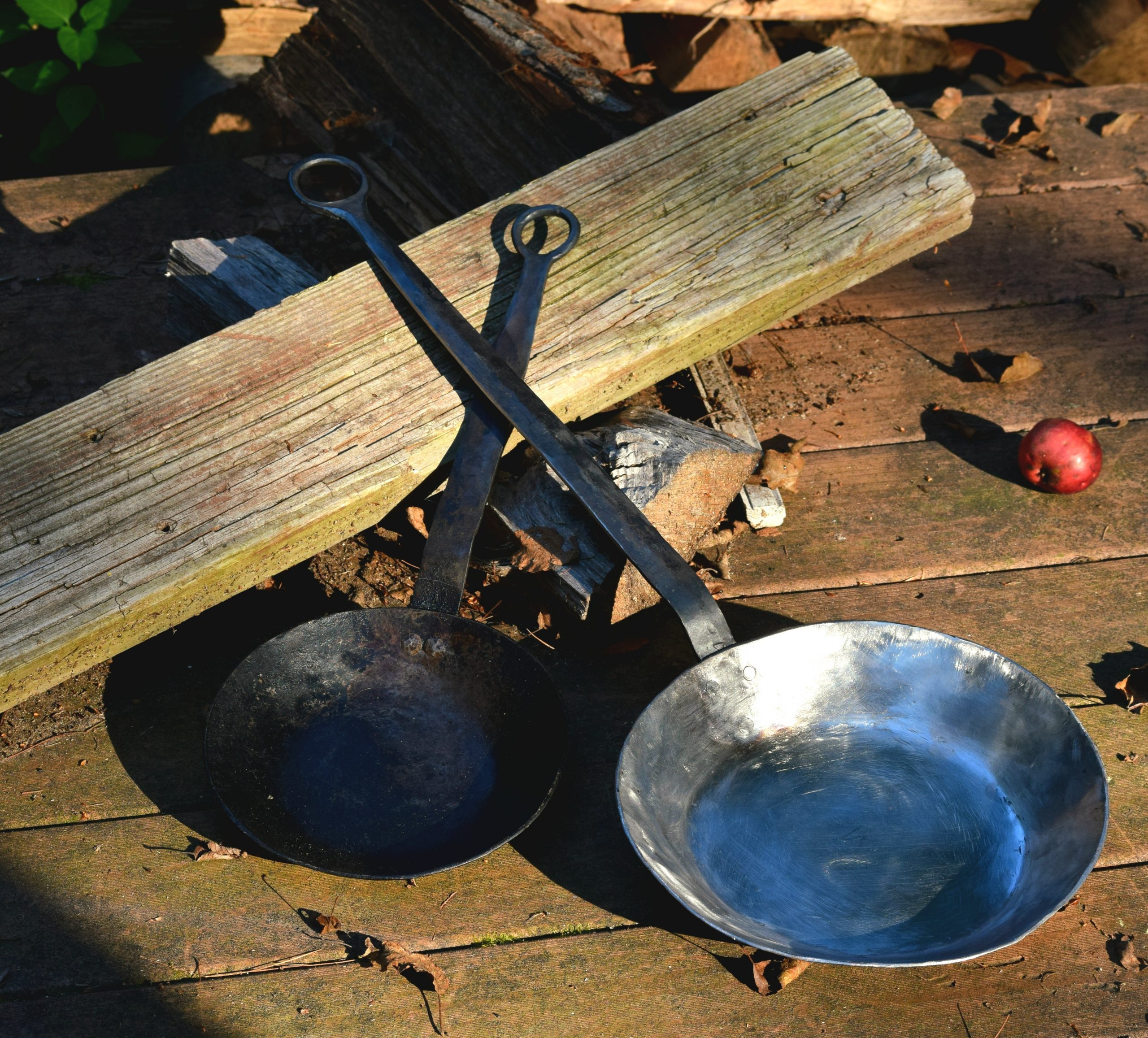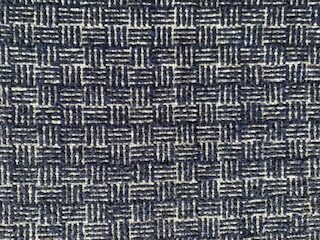Stained Glass for Beginners
In this workshop we will complete a small Tiffany style suncatcher, ornament, or flower. Students will be able to choose a pre-drawn pattern from a variety of designs and be guided as they learn to cut the glass (chosen from a variety of types and colors), smooth the glass pieces with a grinder, apply copper foil tape, solder the pieces together into the final piece using lead-free solder, and add jump rings or a copper wire stem. The patterns available will offer a variety of levels of difficulty so students may choose what best suits them.

